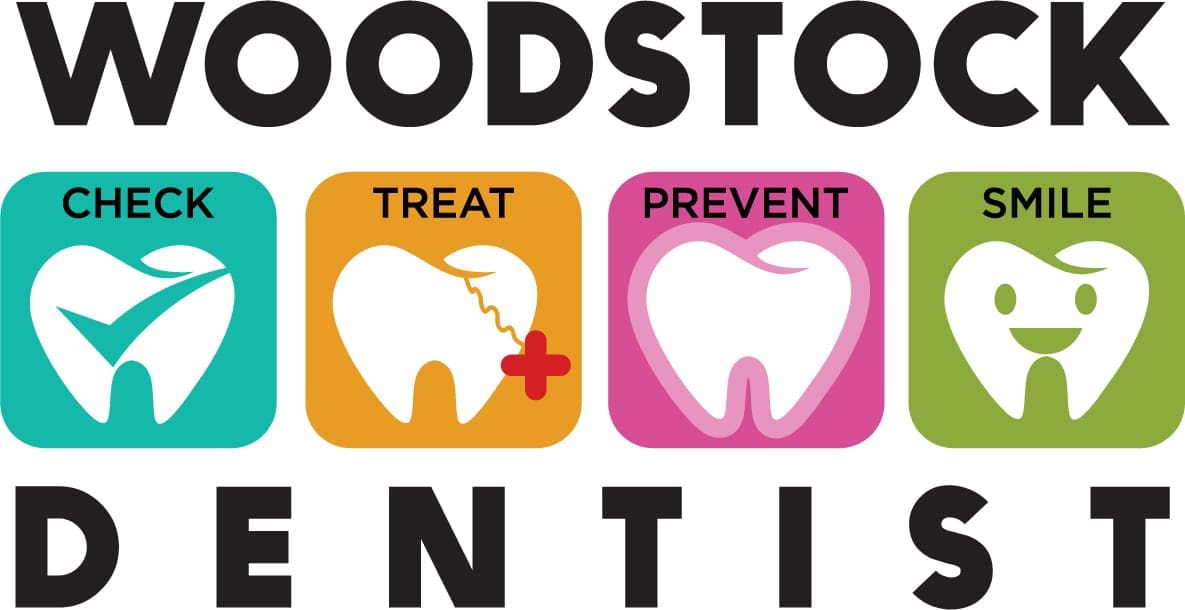Are you aware of the implications of periodontal gum disease for bleeding gums? Recognizing the early signs is crucial, as untreated gum disease can lead to more severe oral health issues. Addressing these symptoms promptly can help maintain overall dental health.
Periodontal gum disease for bleeding gums
Understanding gum disease basics is crucial when addressing periodontal gum disease for bleeding gums. This condition often begins with inflammation of the gums, known as gingivitis, which can progress to more severe stages if left untreated. The early signs include redness, swelling, and bleeding during brushing or flossing. Recognizing these symptoms early can help in managing the condition effectively and preventing further complications.
Periodontal gum disease for bleeding gums can lead to more serious oral health issues if not addressed promptly. As the disease progresses, it can cause damage to the soft tissue and bone that support the teeth, potentially leading to tooth loss. For those seeking alternative approaches, exploring Periodontal Gum Disease Without Surgery: Non-Invasive Options That Work can provide valuable insights into managing this condition without surgical intervention.
Recognizing Early Symptoms
Periodontal gum disease for bleeding gums often begins with subtle signs that can easily be overlooked. One of the earliest indicators is bleeding during brushing or flossing, which many people mistakenly attribute to brushing too hard. However, this bleeding can be a sign that your gums are inflamed and need attention. Other early symptoms may include persistent bad breath, swollen or tender gums, and a noticeable change in gum color. These signs suggest that the gums are not in optimal health and could be at risk of developing more severe issues if not addressed.
Ignoring these early symptoms can lead to more advanced stages of periodontal gum disease for bleeding gums, which can have significant impacts on oral health. It’s crucial to be aware of these initial signs to prevent further complications. For those in the Woodstock area, understanding these symptoms is essential, and you can learn more about how to address them by visiting our Periodontal Services in Woodstock.
Causes of Bleeding Gums
Bleeding gums can be an early sign of periodontal gum disease for bleeding gums, often resulting from plaque buildup along the gumline. This accumulation of bacteria can lead to inflammation, causing the gums to become sensitive and prone to bleeding. Other potential causes include hormonal changes, certain medical conditions, or even medications that affect oral health. Identifying the underlying cause is crucial in understanding the progression of periodontal gum disease for bleeding gums and addressing it before it advances.
Importance of Oral Hygiene
Maintaining proper oral hygiene is crucial in preventing periodontal gum disease for bleeding gums, as it helps remove plaque and bacteria that can lead to inflammation and infection. Regular brushing and flossing are essential practices that support gum health and prevent the early signs of gum disease from progressing into more severe conditions. By prioritizing oral hygiene, individuals can significantly reduce the risk of developing periodontal issues that may result in discomfort and long-term dental problems. For those seeking professional advice, visiting a Woodstock Dentist can provide further insights into maintaining optimal oral health.
Role of Plaque and Tartar
Plaque and tartar play a significant role in the development of periodontal gum disease, particularly when it comes to bleeding gums. Plaque is a sticky, colorless film of bacteria that constantly forms on teeth. If not removed, it can harden into tartar, which is more difficult to eliminate and can lead to gum irritation. This buildup can cause the gums to become inflamed, leading to early signs of gum disease such as bleeding during brushing or flossing. Over time, if plaque and tartar are not addressed, they can contribute to the progression of periodontal disease, potentially resulting in more severe oral health issues.
Impact on Overall Health
Periodontal gum disease for bleeding gums can have a significant impact on overall health, as it is linked to various systemic conditions. When the gums are inflamed and bleeding, it may indicate an underlying issue that could potentially affect other parts of the body. Research suggests that periodontal gum disease for bleeding gums is associated with an increased risk of heart disease, diabetes, and respiratory problems. The inflammation caused by gum disease can contribute to the body’s inflammatory response, potentially exacerbating these health issues. Therefore, recognizing and addressing periodontal gum disease for bleeding gums is crucial in maintaining not only oral health but also overall well-being.
Professional Diagnosis Methods
Periodontal gum disease for bleeding gums can be effectively identified through professional diagnosis methods conducted by dental experts. These methods typically include a comprehensive examination of the gums, where a dentist or periodontist assesses the gum tissue for signs of inflammation, recession, and bleeding. Additionally, dental professionals may use periodontal probing to measure the depth of gum pockets around the teeth, which helps in determining the severity of the disease. X-rays might also be utilized to evaluate bone loss associated with periodontal gum disease for bleeding gums. Early detection through these professional methods is crucial in managing the condition before it progresses.
Potential Complications
Periodontal gum disease for bleeding gums, if left unaddressed, can lead to a range of potential complications that may impact overall oral health. As the condition progresses, it can result in the deterioration of the supporting structures of the teeth, including the gums and bone. This can eventually lead to tooth loss, which may affect chewing and speaking abilities. Additionally, the inflammation associated with periodontal gum disease for bleeding gums has been linked to systemic health issues, potentially increasing the risk of conditions such as cardiovascular disease and diabetes. Recognizing and addressing the early signs of periodontal gum disease for bleeding gums is crucial to prevent these complications from developing.
Prevention and Maintenance Strategies
Periodontal gum disease for bleeding gums can be managed effectively by focusing on prevention and maintenance strategies that emphasize the importance of regular oral hygiene practices. Maintaining a consistent routine helps in reducing the risk of inflammation and bleeding, which are early signs of periodontal issues. By prioritizing these strategies, individuals can support their oral health and potentially prevent the progression of periodontal gum disease for bleeding gums, ensuring a healthier mouth and overall well-being.
Conclusion
Addressing periodontal gum disease for bleeding gums early is crucial to maintaining oral health. For more information or to schedule a consultation, call 678-483-5999 or visit our Google Maps page to read reviews.






